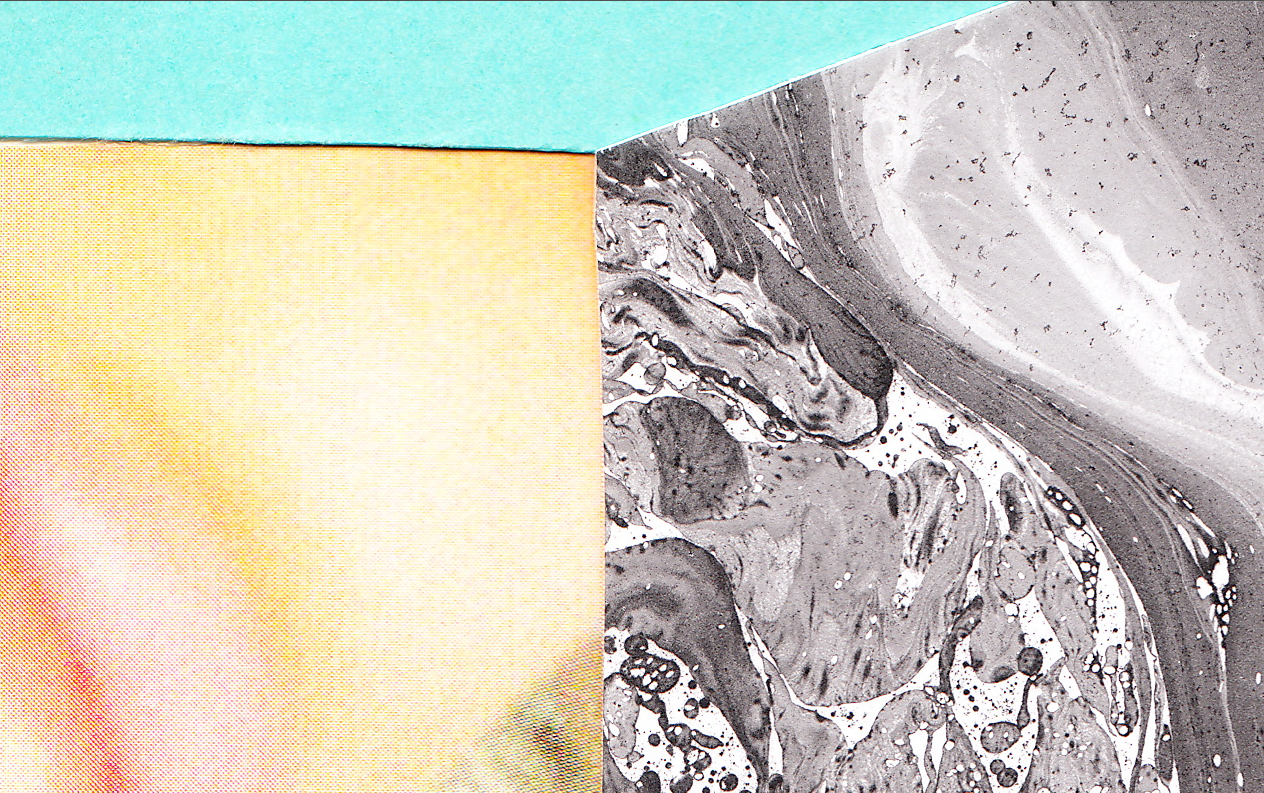With the project being extremely open with regard to content and outcome, I endeavour to project myself as a collector/archivist. In this way, I felt it necessary to study order/disorder and instantly was attracted to the similarities between collecting and archiving.
The above prototype was following the method of constructing miniature models of some of the items I have collected over the past year or so with a view to collate them in a glass top cabinet as a series of artefacts. This is a comment on the witty archiving of George Maciunas, the founder of the Fluxus movement, who raised general objects to the stature of art, simply by definition.
Realising the outcome of the project would not cater for my need to my disorganised, compulsive nature. By taking the subject of collecting a lot less literally, I decided to compare collecting/archiving to hoarding. Hoardism is often wrongfuly portrayed by the media as a side-effect of laziness (read any Sun article with the words 'slob' and 'hoarding' in the title) when in actual fact, it derives from numerous obsessive-compulsive disorders.
Red Room by Robert Therrien
"Some objects he uses are found, some are made by and for the artist. His use of domestic images might suggest an interest in the spatial world of still-life but his interest in the human body’s interaction with space is more connected to architecture. Therrien’s images and the objects he selects expose the hidden drama of the unnoticed, invisible, physical and mental relationships which exist in the world of human beings, between human beings and between the objects they create to help them live their lives. "
This is an installation by the French artist Robert Therrien, which comprises of 888 red objects saved, stacked and stored in a purpose-built room. This almost obsessive nature of this collection warps the viewer's perception of the boundary between archiving and hoarding, challenging their understanding of order/disorder. The act of collecting items to such a compulsive degree was a conscious decision by the artist and so this suggests the process was of much more socio-scientific relevance than the outcome.








1 comment:
Your thought process is really interesting.
I couldn't make it to Clinic last time, sadly. Do you know if you're going to do another any time soon?
Post a Comment